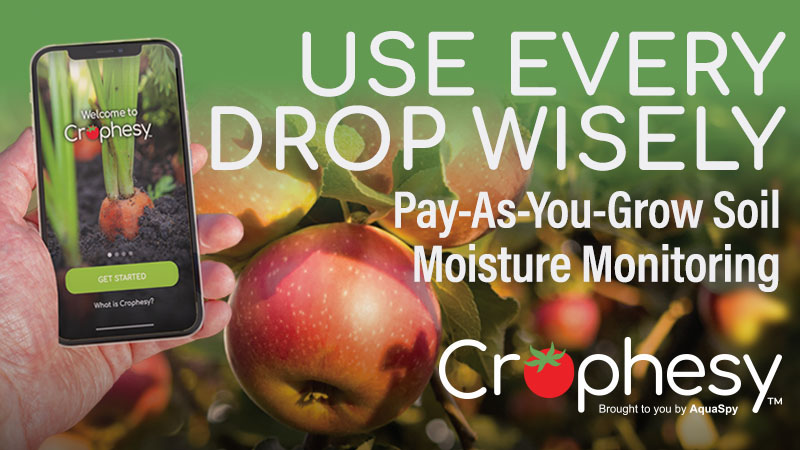Celebrating Postharvest Research With a Special Cherry on Top
What’s your favorite fruit? As an editor with a fruit-growing magazine, I raise the question on occasion, typically to friends and family. Everyone has an answer, some more interesting than others. In the case of American Fruit Grower’s October cover story subjects, Barbara Blanco-Ulate and Irwin Donis-Gonzalez, I couldn’t help but pose the light-hearted question at the end of an informative Zoom interview that lasted 1 hour 44 minutes. As postharvest researchers, who else would know the naked truth about more types of fruit than them? Their employer, the UC Davis Postharvest Research and Extension Center, which they co-direct, addresses 60 different fruits (and 36 vegetables) on its website.
So, what are their favorites — from research and consumption standpoints?
While on the clock, Blanco-Ulate loves to work with berries. “They are so challenging,” she says. “I call them the drama queens of postharvest. They have so many problems. But they’re delicious, and everybody likes them. You can eat them in so many ways. But you have to be really careful about how you maintain them, how you store them. So berries are my top priority fruit to work with.”
Berries rate just as well when it comes to eating them, Blanco-Ulate, a native of Costa Rica, says. But don’t count out cherries. “I love cherries, too,” she says. “They are so delicious, and I didn’t grow up eating cherries because I was in the tropics. The only cherries that I ate until I came here were those maraschino cherries. That’s the only thing we got when I was a kid and teenager. Only until I moved to the U.S. was I able to eat a decent cherry, and I loved cherries.”
Fresh peaches, as well, weren’t available in Costa Rica, Blanco-Ulate notes. “I never ate a fresh peach until I was an adult because we only get canned. And I love peaches, too, so I mean it’s hard to tell, but I will put berries as my top choice — bushberries and strawberries.”
Home is where the heart is, according to Donis-Gonzalez, who grew up in Guatemala. “Love mango,” he says. “Mango and avocado — that’s what I love to eat.”
On the business side, Donis-Gonzalez most appreciates sweet cherries.
“Working with cherries you need to apply all your know-how in postharvest because they basically tie together pretty much what you do with many of the other crops,” he says. “Cherries are susceptible to cracking and issues like bush berries, but they’re in a tree like another stone fruit like a nectarine, so you have those challenges, too. They’re incredibly perishable, and their demand is very high. It’s one of the few crops that are actually flown by plane when they’re coming from Chile, for example. So, as a scientist, and thinking how we can change how cherries are harvested, how they’re consumed, how they’re transported, how they’re stored, how do you reduce issues in postharvest — there’s a lot of questions that could be asked.”
Click here and you’ll see Donis-Gonzalez and Blanco-Ulate have the answers to many such questions.









![Rinse and Repeat! Florida Growers Dealing With More Major Hurricane Impacts [Update]](https://www.growingproduce.com/wp-content/uploads/2024/10/Hurricane_Milton_afternoon_approach_100924.jpg)
